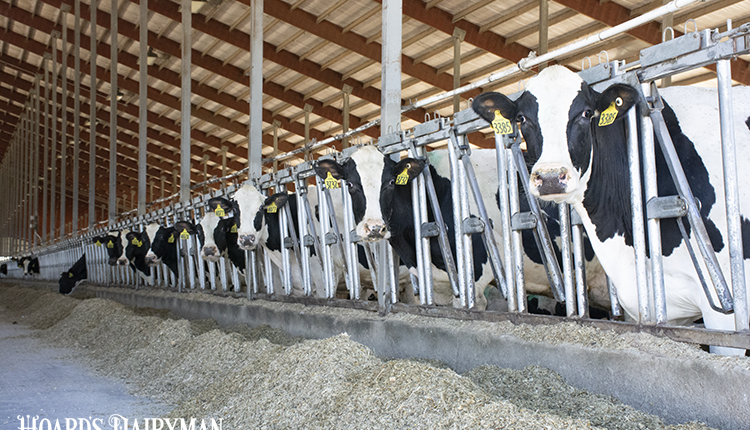
When it comes to sustainability, the dairy industry often gets a bad rap. Critics point to everything from methane emissions to water quality impairment and scarcely acknowledge any of the upsides of dairy and forage systems, such as the “recycling” that occurs by feeding by-products. Yet, it may be that dairy operations have the greatest ability to implement certain sustainability practices, such as cover cropping.
The success of cover crops in many dairy producing regions is often tied to planting date. “The earlier the better” is the motto in northern regions, even for farms not growing full-season corn. Those farther south have a longer window, allowing farms to adjust planting dates to optimize field conditions. Even so, the cover crop planting window for cash grain corn operations is limited to being nonexistent in most of the country.
Dairy farms are primed to succeed with this practice. Not only are there numerous incentive programs available to help cover planting costs, but most of them don’t have any stipulations preventing the farm from grazing the crop or using it as an emergency forage cut in the spring. Most cover crop mixes will provide a decent amount of highly digestible forage in the vegetative stages or a lot of heifer feed in the reproductive phase.
Yes, sometimes cover crops can cause a yield reduction in a subsequent corn crop, but there is a growing body of research supporting long-term yield, soil health, and environmental benefits. Farms seeking to reduce their fertilizer bill may find that hairy vetch can do the trick. I have seen this nitrogen-fixing cover crop boost the presidedress soil nitrate test (PSNT) by several points in cornfields as the nitrogen is gradually released. Combining manure application with degrading legume residue and the need for synthetic nitrogen may be eliminated completely.
So why aren’t more dairy operations utilizing cover crops? Everyone’s reasoning is different, but most managers that I know would like to cover crop at least some of their acreage. They just haven’t made cover crops happen on their farm yet. Ultimately, there is only so much time in a day.








